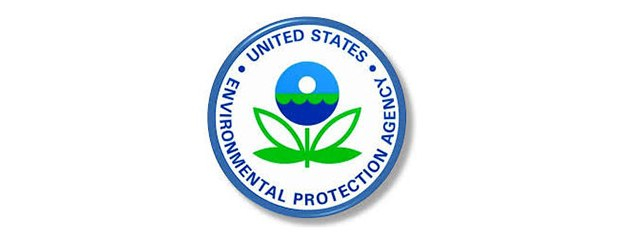EPA continues ammonia safety crackdown

In the latest example of the US EPA’s crackdown on facilities that use hazardous chemicals, a food processor in Hancock, Maine, has agreed to pay $108,723 for ammonia safety violations.
Hancock Foods operates a blueberry processing facility and cold storage warehouse, using anhydrous ammonia in its refrigeration systems.
The facility first submitted a risk management plan (RMP) in March 1999. Such a plan is required for all facilities using certain amounts of extremely hazardous substances, including anhydrous ammonia, in order to help local fire, police, and emergency response personnel prepare for and respond to chemical emergencies. The RMP regulations also require facilities to prevent chemical releases by designing and operating their chemical processes in a safe manner.
In the settlement, Hancock Foods Inc agreed to pay $103,613 to settle claims that it violated Section 112® of the Clean Air Act in its handling of anhydrous ammonia and $5,110 to settle claims it violated the Comprehensive Environmental Response, Compensation and Liability Act – or Superfund law – when it failed to timely report a release of anhydrous ammonia.
The case stems from a 2012 inspection of Hancock Foods in which EPA inspectors saw potentially dangerous conditions relating to the ammonia refrigeration processes. Further, the company failed to immediately notify the National Response Center upon discovering a release of about 300lb (136kg) from a refrigeration unit in March 2015.
The company has now come into compliance with its federal requirements.
“Hancock has worked cooperatively with EPA through this process and has worked hard to correct its violations,” said Curt Spalding, regional administrator of EPA’s New England office. “These air and reporting laws help protect public health, first responders, and our environment.”
EPA crackdown
The Hancock Foods case is one of many that EPA has brought to improve safety at companies that have industrial refrigeration systems. Given the number of dangerous ammonia leaks that have occurred at such facilities, EPA has started a national enforcement and compliance initiative for the next three years to focus more intensely on reducing the risks of chemical releases from various types of facilities that use extremely hazardous chemicals, including those that use ammonia as a refrigerant.
In April last year, the EPA reached a settlement with Penobscot McCrum, a Belfast, Maine potato processing plant, in which the company agreed to pay $60,500 in civil penalties and to spend $83,400 on equipment for emergency responders and on public safety improvements at its facility. Also, the company agreed to contract with responders who had specialised training to safely respond to any future ammonia release, as the City fire department did not have such training.
A December 2015 settlement with Garelick Farms in Lynn, Massachusetts, was reached to resolve a number of RMP violations. The settlement required payment of a civil penalty of $255,000; performance of a third-party audit to confirm that the company’s Franklin, Massachusetts, facility is in compliance with RMP requirements; and the performance of three supplemental environmental projects at a cost of approximately $316,000. These projects were designed to minimise the chances of a large ammonia release through upgrades to its ammonia detection and emergency notification system; a donation of emergency response equipment and training to improve the local fire department’s ability to respond to hazardous materials incidents; and to protect Lynn school children by removing unneeded hazardous chemicals from the high school science laboratory, purchasing lab safety equipment, and providing chemical management training for teachers. The company also spent over $2.5 million to address the plant’s safety deficiencies after EPA’s inspection in December 2012.
A compliance order issued to Stavis Seafoods of Boston, Mass in September 2016 under the US Clean Air Act’s General Duty Clause required the company to remove all ammonia from its plant and refrain from adding ammonia back into the refrigeration system until the dangerous conditions identified by EPA have been addressed. This seafood processing company had had a significant accidental release of ammonia in March 2016, which resulted in the death of an employee and temporarily closed down nearby streets.
In September 2016, the EPA issued an administrative penalty order to RBF Frozen Desserts of West Hartford, Connecticut, for violations of the Clean Air Act’s General Duty Clause after finding serious safety deficiencies at its frozen dessert manufacturing facility. The facility was located in the same building as a restaurant and theatre. Among the most serious problems was an ammonia pressure vessel with no functional pressure relief system located under a restaurant. Concerns were that an over-pressurised vessel could explode during a fire, releasing toxic ammonia vapours into the restaurant and outside the building. Also, ammonia was said to be leaking from equipment during the EPA’s inspections. A previous compliance order, issued in August 2014, required the company to remove the ammonia before addressing the safety deficiencies. When the company was unable to comply with the order in a timely fashion, the EPA had the ammonia removed under the USA’s Superfund.
The Comprehensive Environmental Response, Compensation, and Liability Act (CERCLA), commonly known as Superfund, places a tax on the chemical and petroleum industries, enabling Federal authorities to respond directly to releases or threatened releases of hazardous substances that may endanger public health or the environment.
